Scalp-Mounted Electrical Impedance Tomography of Cerebral Hemodynamics
- PMID: 35673527
- PMCID: PMC9093315
- DOI: 10.1109/JSEN.2022.3145587
Scalp-Mounted Electrical Impedance Tomography of Cerebral Hemodynamics
Abstract
An Electrical Impedance Tomography (EIT) system has been developed for dynamic three-dimensional imaging of changes in conductivity distribution in the human head, using scalp-mounted electrodes. We attribute these images to changes in cerebral perfusion. At 100 frames per second (fps), voltage measurement is achieved with full-scale signal-to-noise ratio of 105 dB and common-mode rejection ratio > 90 dB. A novel nonlinear method is presented for 3-D imaging of the difference in conductivity distribution in the head, relative to a reference time. The method achieves much reduced modelling error. It successfully localizes conductivity inclusions in experimental and simulation tests, where previous methods fail. For > 50 human volunteers, the rheoencephalography (REG) waveform is observed in EIT voltage measurements for every volunteer, with peak-to-peak amplitudes up to approx. 50 μVrms. Images are presented of the change in conductivity distribution during the REG/cardiac cycle, at 50 fps, showing maximum local conductivity change of approx. 1% in grey/white matter. A total of 17 tests were performed during short (typically 5s) carotid artery occlusions on 5 volunteers, monitored by Transcranial Doppler ultrasound. From EIT measurements averaged over complete REG/cardiac cycles, 13 occlusion tests showed consistently decreased conductivity of cerebral regions on the occluded side, and increased conductivity on the opposite side. The maximum local conductivity change during occlusion was approx. 20%. The simplicity of the carotid artery intervention provides a striking validation of the scalp-mounted measurement system in imaging cerebral hemodynamics, and the REG images indicate its unique combination of sensitivity and temporal resolution.
Keywords: Cerebral; EIT; REG; SNR; THR; electrical impedance tomography; hemodynamic; rheoencephalogram; transient hyperemic response.
Figures
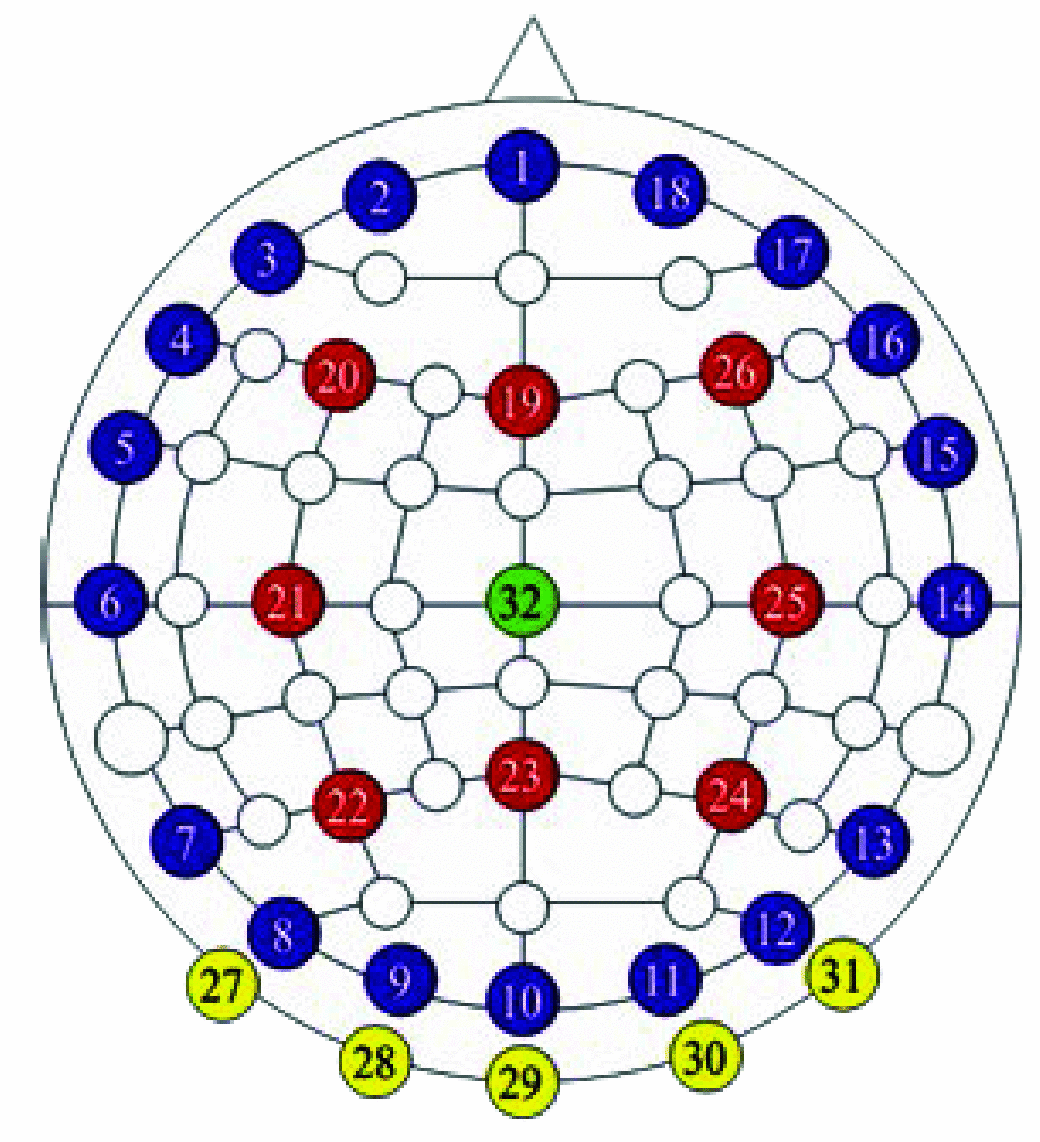
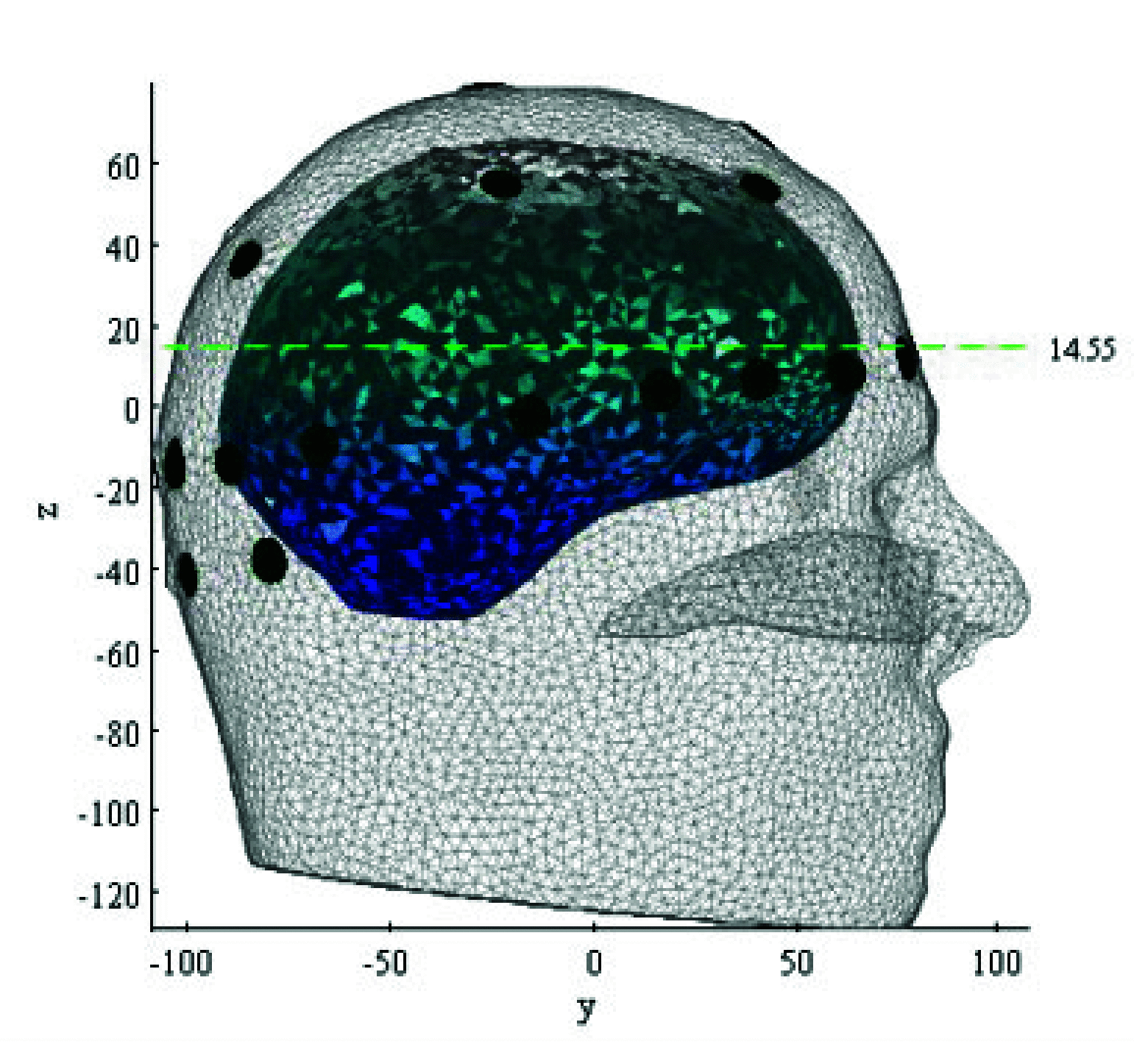
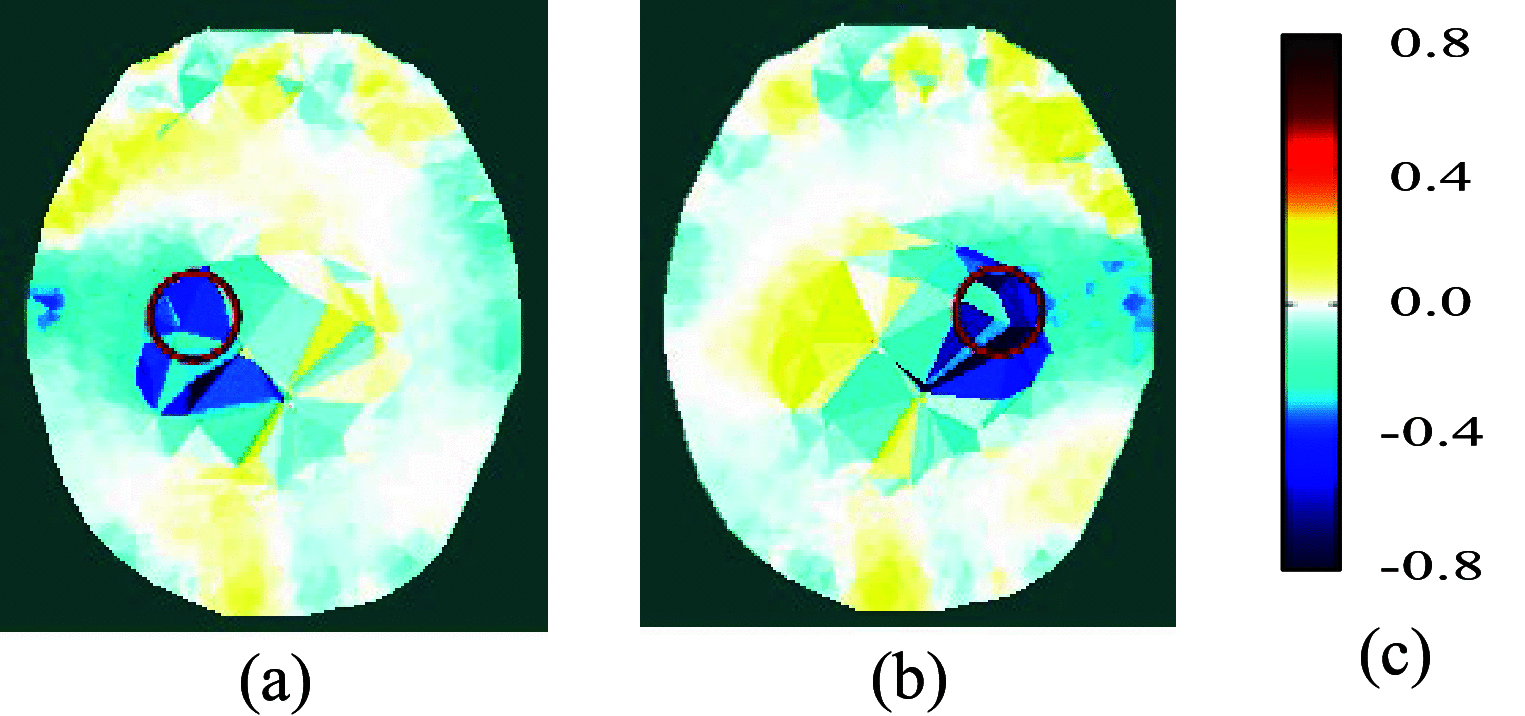

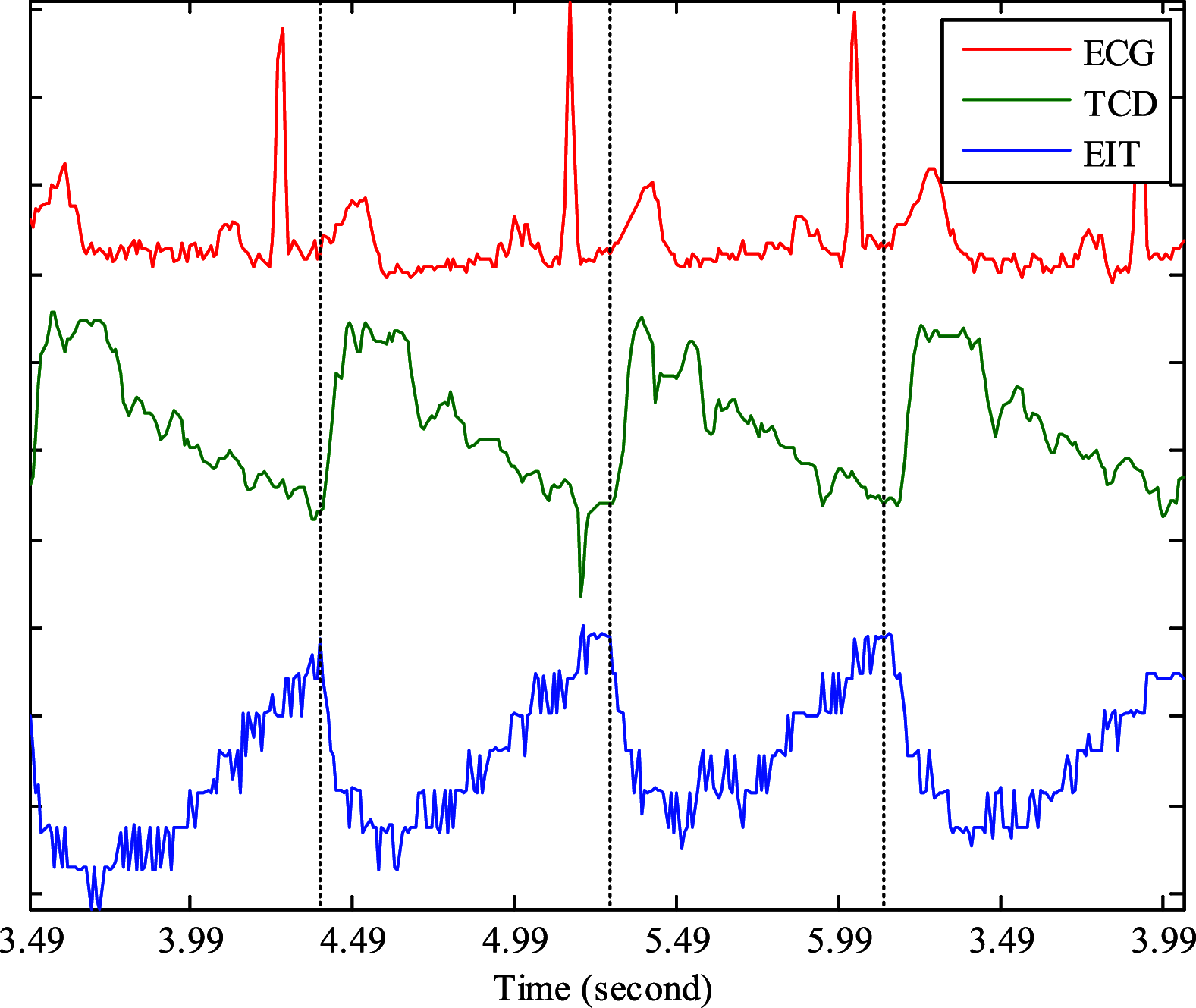
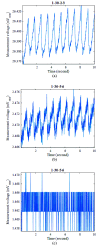
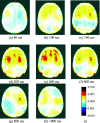
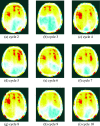
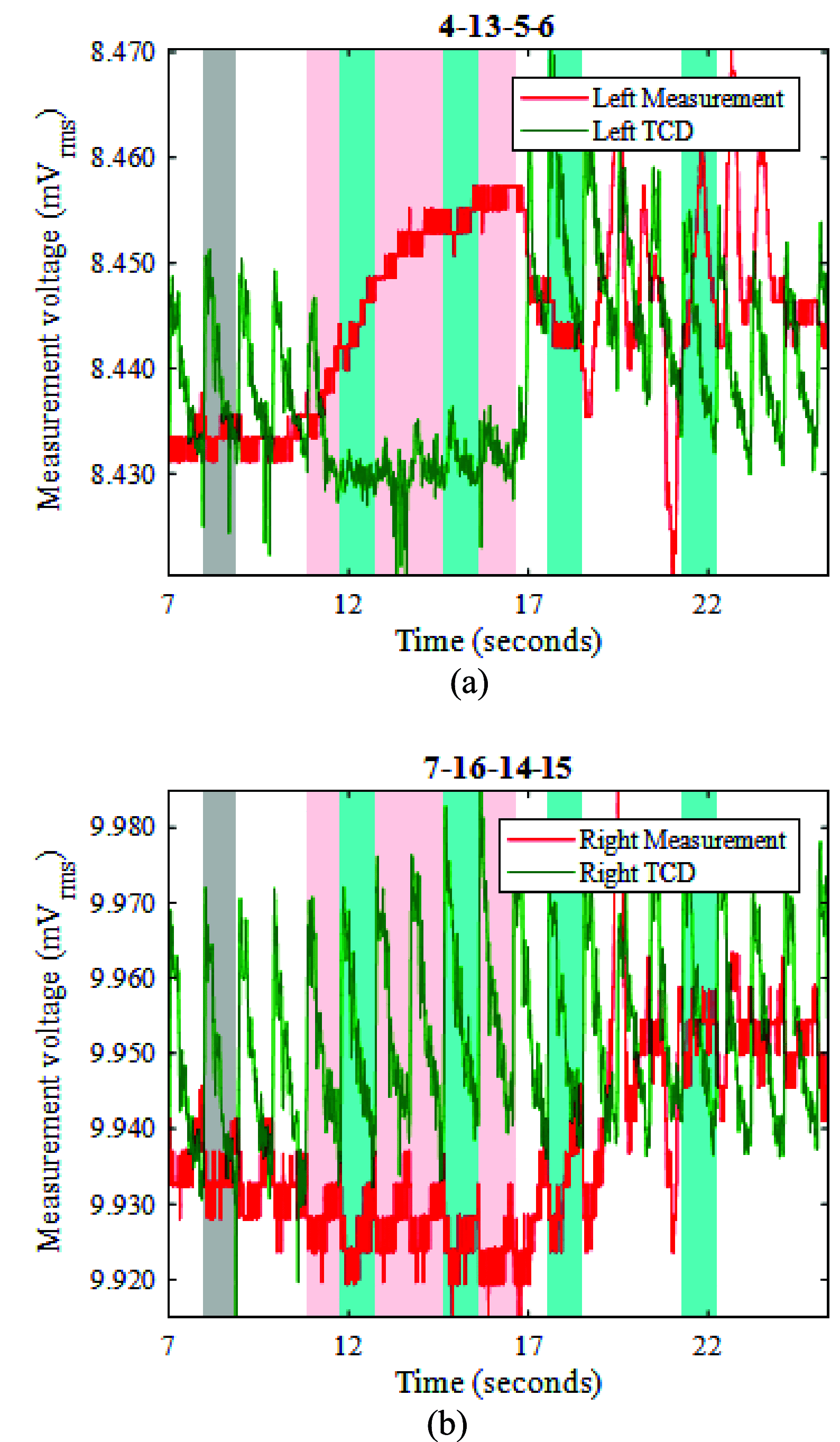

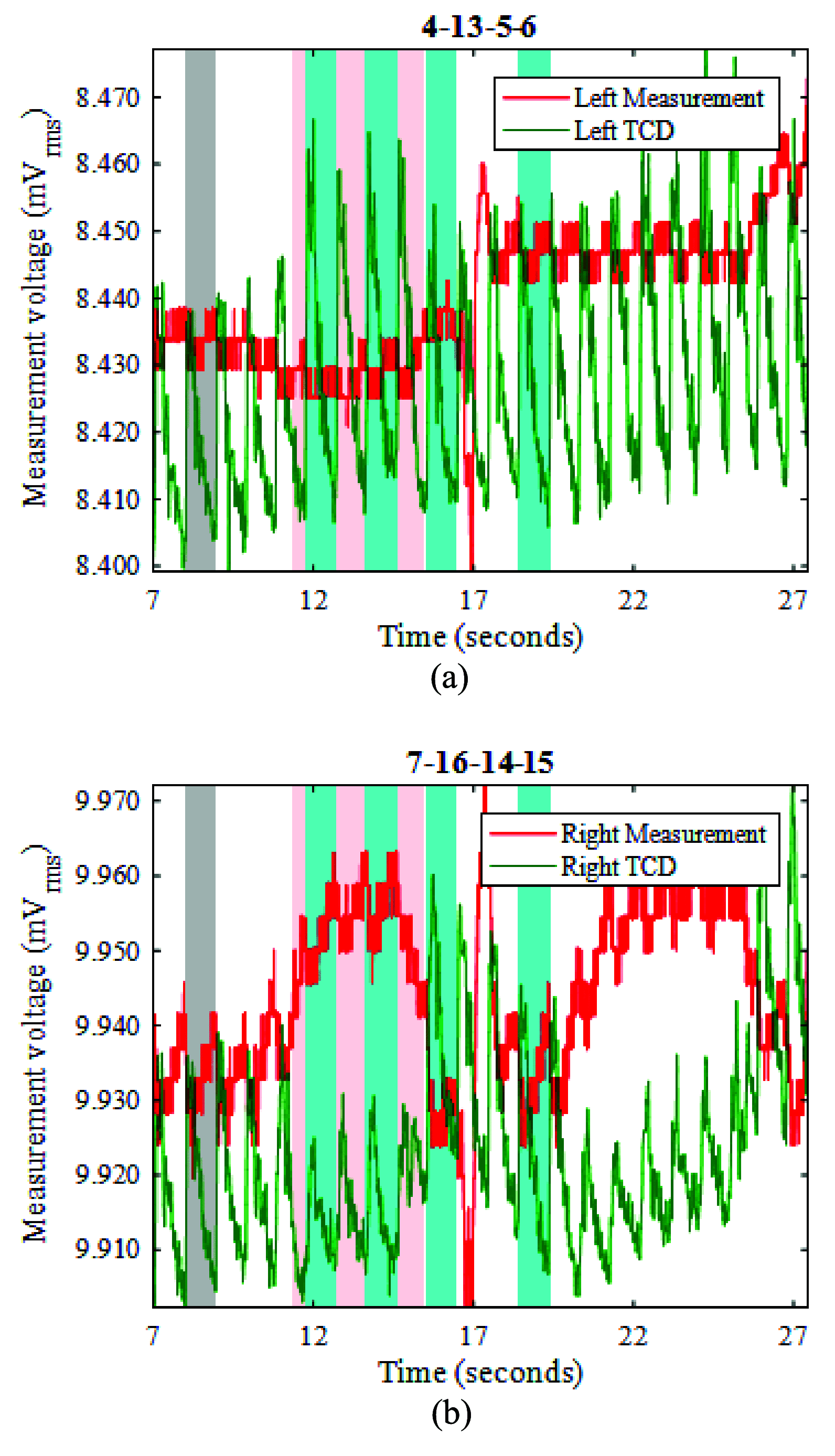

References
-
- Wu Y., Jiang D., Bardill A., de Gelidi S., Bayford R., and Demosthenous A., “A high frame rate wearable EIT system using active electrode ASICs for lung respiration and heart rate monitoring,” IEEE Trans. Circuits Syst. I, Reg. Papers, vol. 65, no. 11, pp. 3810–3820, Nov. 2018.
-
- Tidswell T., Gibson A., Bayford R. H., and Holder D. S., “Three-dimensional electrical impedance tomography of human brain activity,” NeuroImage, vol. 13, pp. 283–294, Feb. 2001. - PubMed
Grants and funding
LinkOut - more resources
Full Text Sources
Miscellaneous
